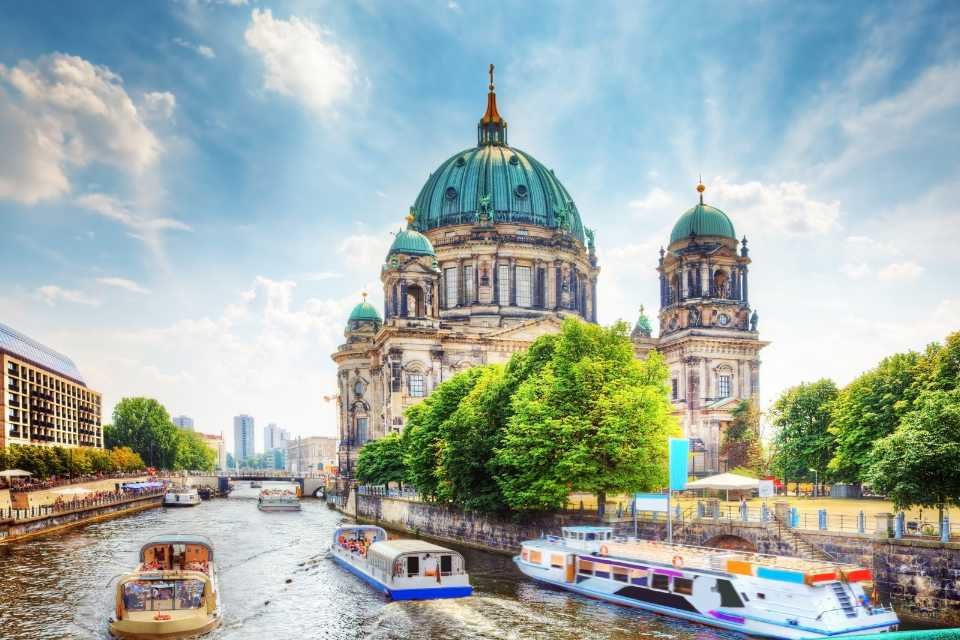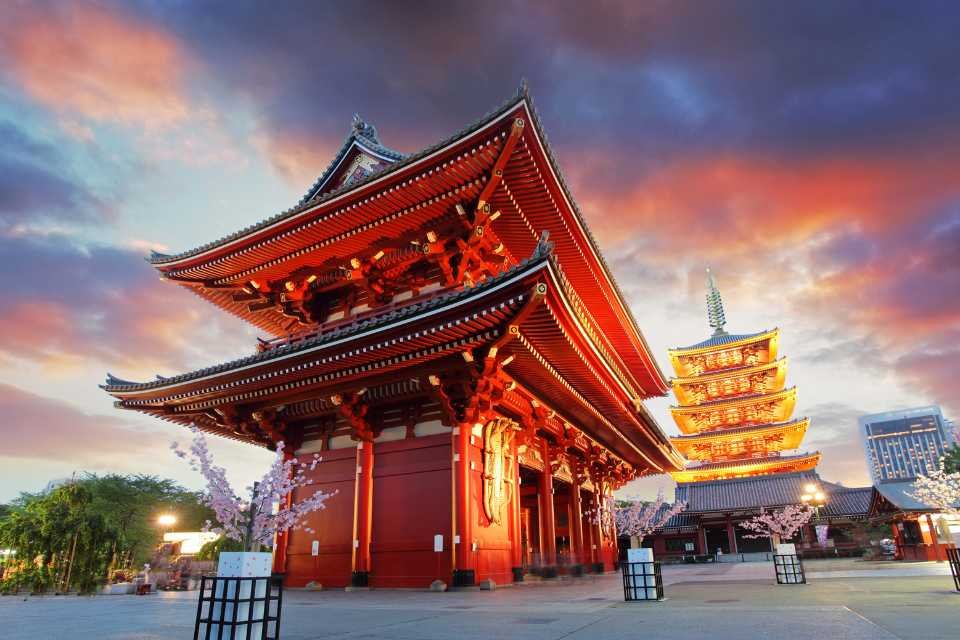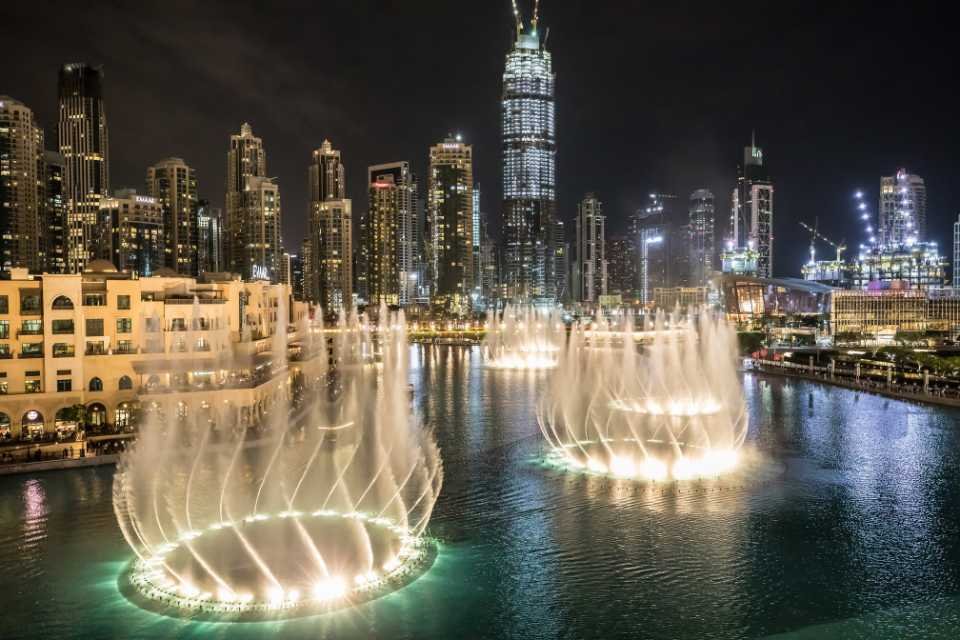The ultimate Berlin Museuminsel guide
Everything you need to know about Berlin’s incredible Museum Island, and the exhibits you can see in each of the five museums
The Museumsinsel (Museum Island) is a museum district located at the northern extremity of the Spreeinsel, which was built by the Hohenzollerns in the nineteenth century and truly took off when German explorers and archaeologists returned from the Middle East with their treasures.
Get up close and personal with an Egyptian queen, scale a Greek altar, or be awed by Monet's dreamy vistas while visiting ancient Babylon. On Museumsinsel (Museum Island), you'll find five magnificent museums showcasing objects from many cultures and historical periods.
About the Museuminsel
An "island" in the city's middle has a collection of museums together referred to as "Museuminsel." The Altes Museum, the Pergamom Museum, the Neues Museum, the Bode Museum, and the Alte Nationalgalerie can all be found there. Museum Island, formerly home to Cölln, a 13th-century sister city of an ancient Berlin, has progressively transitioned from residential to cultural use over the last few centuries.
Some of the world's greatest museums may be found in this country, despite war losses and Soviet plunder. Thanks to a massive reorganisation and rebuilding that has been going on for the best part of a decade and a half, the museums and their exhibits will be preserved for future generations.
During this period of restoration, some areas of the Museuminsel will be unavailable. Choose wisely and arrive early to ensure that you get to see the Pergamon and Neues Museums without prohibitive crowds blocking the way
Museuminsel history
The Altes Museum, which houses antiquities from Greece, Etruscan, and Roman cultures, was the first to open. The Egyptian collection, including the world-famous Nefertiti Bust, is on display at the Neues Museum, which is also home to the Museum für Vor- und Frühgeschichte (Museum of Pre- and Early History).
In contrast, the Pergamonmuseum, the island's most popular tourist attraction, houses a collection of historic artefacts, including the Babylonian Ishtar Gate, which is one of the most beautiful examples of ancient architecture. Finally, the Bode-Museum, located on the island's northernmost tip, is renowned for its collection of medieval sculptures.
In terms of Berlin attractions, the Museumsinsel is a popular destination. Schools, buskers and tour groups fill the interior and outdoor areas at all times. As a result, employ common sense and be on the lookout for pickpockets.
Where is the Museuminsel?
The Museuminsel is located in Berlin’s Mitte district, within walking distance of Alexanderplatz, Hackescher Markt and the Berliner Dom. The island sits at break in the river Spree and the Spreekanal.
Which museums can be found on the Museuminsel?
Altes Museum
Berlin's Schinkel-designed Altes Museum with its 87-meter front and Ionic column overlooks the Lustgarten's lawns, where it served as a former parade ground. Those interested in ancient Greek and Roman ceramics and art will find themselves at home in this museum, which houses the city's classical antiquities collection. The Praying Boy, a lean and delicate bronze sculpture from Rhodes dated from 300 BC, is one example of a modest but compelling body of art. An athlete in training is depicted on the vase of Euphronios, which is among the best Greek vases in existence today.
Neues Museum
Having been on the road for decades, Berlin's remarkable Egyptian Collection returned to its former location in the Neues Museum in 2009. The museum, which was built in 1855, was severely damaged during the war, and was repaired and modified by British architect David Chipperfield afterward. In order to retain as many of the building's historic characteristics as possible, like fluted stone columns and battered fake Egyptian ceiling frescos, he added a few aesthetic features, such as the large central staircase, to replace irreparable damage.
The 3300-year-old Bust of Queen Nefertiti, a gem that has become a symbol of the city, is the museum's most prized possession. The piece's beauty is undeniable, and the tale behind it is just as fascinating, with the queen's flawless bone structure and sculpted lips. The bust, which was presumably sculpted around 1350 BC, is likely to have remained in Akhenaten's studio, serving as a model for other portraits of the queen (explaining why the left eye was never drawn in). The bust was left behind after the studio was evacuated, and it was discovered in 1912, more than 3,000 years later.
Alte Nationalgalerie
To the rear of the Neues Museum sits the neoclassical Alte Nationalgalerie, a corinthian temple-like structure housing a museum of European art, with a focus on the German Romantics of the nineteenth century like Liebermann.
Pergamon Museum
Largest of Museum Island's museums, the Pergamonmuseum was constructed in the early twentieth century to hold much of the city's extensive Middle Eastern collection in a Babylonian temple design. This includes the Pergamon Altar, which depicts a fierce fight between the gods and the giants, as well as the vast, deep-blue-tiled Ishtar Gate, which served as a gate into Babylon in the sixth century BC. Smaller artefacts from as far back as 2,000 BC are also part of this collection.
Bode-Museum
The neo-Baroque Bode-Museum near the northern extremity of Museum Island was set to be demolished after World War II, but Berliners protested in the streets and saved it from destruction. Renovated rooms from the third to the nineteenth century now provide as a seamless backdrop to one of Europe's most outstanding sculpture collections as a consequence of successive waves of work.. Although the early Italian Renaissance collection is particularly strong, the German one is just as authoritative. Early Christian artefacts, Roman sarcophagi, and mosaics and carvings from the Numismatic Collection of the city are all on display in the structure, as well as a substantial collection of Byzantine art.
Cafes near Museuminsel
Allegretto Caffè, located inside the Neues Museum, and Kofler & Kompanie, located inside the Bode-Museum, are the nearest nearby cafes. Going outside and getting some fresh air is also recommended. Many adjacent eateries are within walking distance of both Lustgarten Park's splashing fountain and the more shady James Simon Park.
Museuminsel Tickets
Visitors to Museum Island can save money by purchasing the Museuminsel WelcomeCard. It includes three days of free public transportation in central Berlin as well as access to the island's five museums. Musueminsel and 30 other museums, including the Deutsches Historisches Museum (German Historical Museum) and the Jüdisches Museum, are included in the Museum Pass Berlin (Jewish Museum).
To see all of the museums on Museumsinsel, in addition to the standard city passes, there are other passes available. The choice between a one-day pass and a three-day pass is based on your intended duration of travel.
It's a great deal if you just have one day and plan to visit two or more of these museums. All five museums and the Pergamon 360° Panorama Experience are included in this one-day pass for €19€.
Passes to Museum Island Berlin and the Pergamon 360° Panorama
In order to get your money's worth, you only need to go to two museums. Visiting all five in a single day is possible, but you'll just get a taste of the experience.
Only the Altes Museums, the Altes Nationalgalerie, and the Bode Museum can be skipped in line with this ticket. The Neues and Pergamon Museums have timed entry, and you must get in line at the ticket counters to receive one.
Welcome Card 3-Day Museum Island Pass in Berlin
The Museumsinsel WelcomeCard is available for those who want to stay longer on Museum Island and have more than one day to do so.
The card is valid for 72 hours and can be used on any mode of public transportation for three consecutive days. Zones A and B cost €55, whereas all three (A, B, and C) are required for a price of €59. You can visit each of the five museums once throughout the three consecutive days. Discounted entrance to special exhibitions is also available to members. And you can save a lot of money by visiting one of our partner attractions (these are all detailed in the information you will receive).
Museum Island & Public Transportation on Berlin's WelcomeCard
GetYourGuide has a pre-purchase option for your card. Up to 24 hours before to your scheduled arrival, you can cancel your reservation without incurring a cancellation fee and receive a full refund.
Hotels near Museuminsel
Park Inn by Radisson Berlin Alexanderplatz
Berlin's historic city centre is within walking distance of the Park Inn by Radisson Hotel Alexanderplatz. The skyscraper, which rises to a height of 150 metres, houses 1,012 rooms, making it Berlin's top hotel for the past 40 years. This Park Inn Hotel in Berlin provides guests with a once-in-a-lifetime opportunity to enjoy the city from a unique perspective.
Eurostars Berlin
The Eurostar Hotel in Berlin has 221 rooms on 8 storeys, all of which are spacious and well-appointed. The hotel's amenities include a gourmet restaurant, a fitness centre, a heated pool, and an underground parking garage of more than 600 square metres. The Eurostars Berlin is a beautiful hotel that will go down in history as one of the most iconic buildings in Berlin.
NH Collection Berlin Mitte Friedrichstrasse
The NH Collection Berlin Mitte Friedrichstrasse, a 4-star superior hotel, is the ideal place to stay while visiting Berlin. The Brandenburg Gate and Berlin's historic tree-lined avenue, "Unter den Linden," are both within walking distance of the hotel, which is located on the world-famous Friedrichstrasse.
TITANIC Chaussee Berlin
A short walk from the main train station and a short distance from the modern art museum Hamburger Bahnhof, the Titanic Chaussee Berlin offers a convenient location in the heart of Berlin. Its location on the border of one of Berlin's most creative districts, surrounded by a slew of exciting attractions, including cutting-edge architecture and design, world-class dining, wild nightlife, and a tangible past. The region between Hackescher Markt and Torstraße, just a short walk away, is teeming with chic stores and world-class art galleries.
Other attractions near the Museuminsel
Berliner Dom
The majestic Berlin Cathedral towers over Unter den Linden and Museum Island from the eastern end of the street. As one of the few surviving landmarks from World War II, Berliner Dom (as it is known in German) has a beautiful interior with gilded fixtures.
Alexanderplatz
Alexisplatz, a hub of Berlin's culture and commerce, is home to a slew of sights and sounds. The TV Tower (Fernsehturm), a prominent Berlin landmark, is located here, as is a significant intersection for the U-bahn and S-bahn, as well as buses and trams. Alexanderplatz, in the heart of East Berlin, is home to a smattering of socialist-era buildings.
Berlin Fernsehturm
Berlin's TV Tower (Berliner turm) is Germany's tallest building, rising 1,207 feet (368 metres) above Alexanderplatz. East Germany's socialist successes were to be celebrated by erecting this tower in celebration of the German Democratic Republic's 20th anniversary in 1969. One of the most popular attractions in the capital, it offers a 360-degree perspective of the city.
Topography of Terror
In the old headquarters of the Gestapo and the SS, Topography of Terror is a museum of the Third Reich. Exhibitions, images and movies highlight the history of Hitler's Germany at the location where Nazi political opponents were sentenced to death, and the European Jews, Sinti and Roma were organised for genocide.
Checkpoint Charlie
A Cold War landmark, Checkpoint Charlie was one of three Berlin Wall border posts that connected the American-occupied West Berlin and Soviet-occupied East Berlin. Recreated guardhouses and the Checkpoint Charlie Museum are a poignant reminder of the countless people who risked their lives to bring down the wall in East Germany.
Read next: Strange and quirky things to do in Berlin














